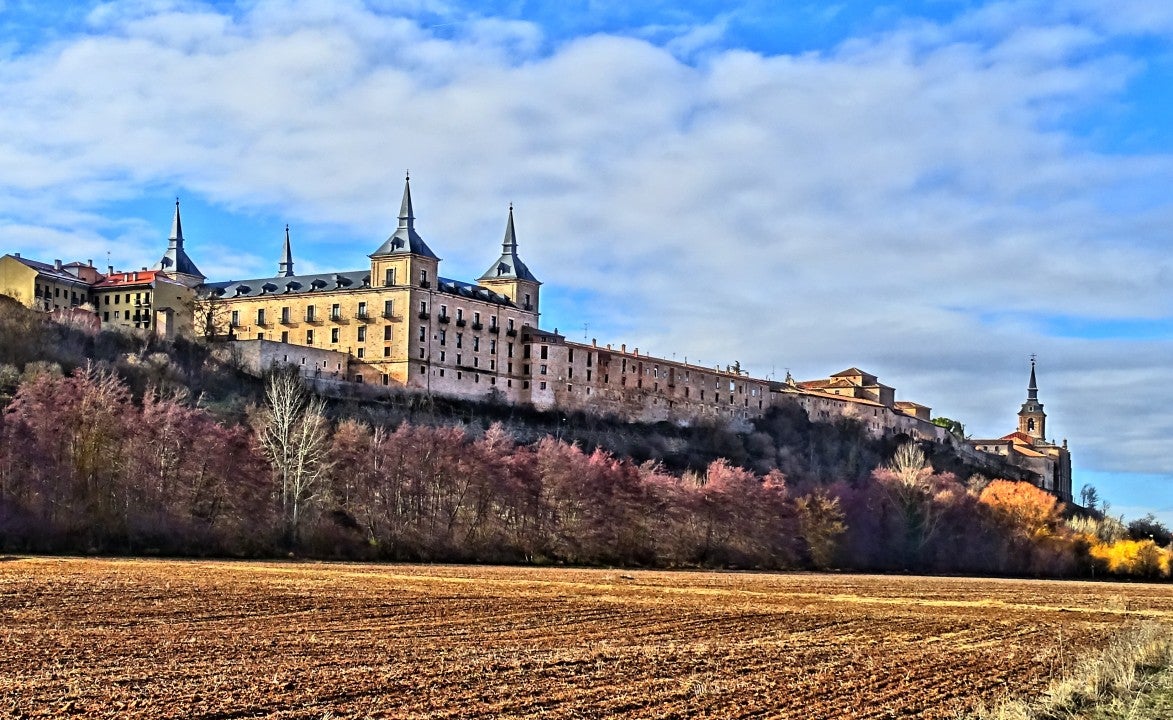In the western limit of the province of Burgos, on the border with Palencia, is one of the most unknown areas and with more treasures to discover of the “emptied Spain”
Photo MAP
The River Arlanza region is, above all, known for its wines. Although the Denomination of Origin is relatively young, as it began operating in 2007, the winemaking tradition in its towns dates back to the 10th century. It currently has some 450 hectares of vineyards, cultivated in extreme conditions, which result in some very special wines that are produced mainly in small family wineries. The gastronomy and the enormous cultural and natural heritage of the area end up forming a perfect plan to enjoy at any time. We review some of the places you can not miss.
LERMA
It is considered one of the most beautiful towns in Spain, thanks, above all, to having the best monumental complex from the beginning of the 17th century that is preserved in Spain. It is also “close” to the Burgos road, making it the ideal point to start our route.
WHEN
Although any time of the year is good to visit Lerma, whoever goes there the first weekend of August will have the incentive of living the baroque party which has been held in the town since 2000. Parades, music, street entertainment, fireworks and an atmosphere that takes us back to the golden age of the ducal town.
EAT AND DRINK
If there is a typical dish from Lerma that you should not miss out on, it is the roast lamb. There are many restaurants that offer it, but those that prepare it at Casa Antón (C/ Luis Cervera Vera, 5) and La Posada de Eufrasio (Paseo de Vista Alegre, 13) are especially famous. Of course, it is imperative to accompany it with a wine from the DO Vinos de Arlanza (www.rutadelvinoarlanza.com Y www.arlanza.org), such as one of the Bodegas “Viñedos de Altura”, which is located in the municipality itself. Lerma is also the headquarters of the Regulatory Council of the DO
SLEEP
Lerma has a Parador de Turismo (Plaza Mayor, 1); a 17th-century palace that was once used by Philip III, and is one of the most characteristic buildings in the town. Another great option is the Hotel Rural El Cedro, a manor house from 1870 surrounded by gardens and which also has a swimming pool.
TO BUY
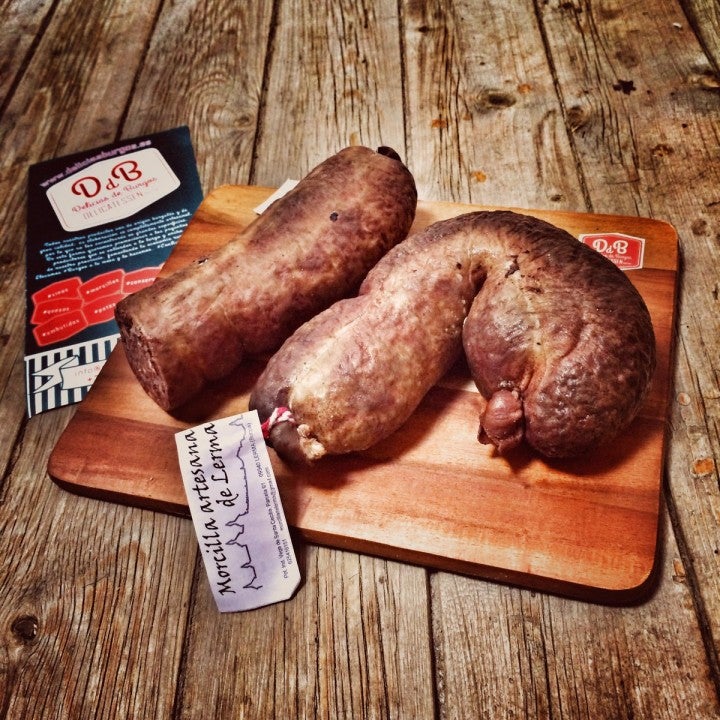
If the famous Burgos blood sausages are easy to find almost anywhere in Spain, the same does not happen with the Lerma black pudding, so you have to take the opportunity to buy them here. Handcrafted and with a slight spicy touch. Also worth the sweet elaborated by the nuns of the Iesu Communio community (previously Poor Clares).
PLUS…
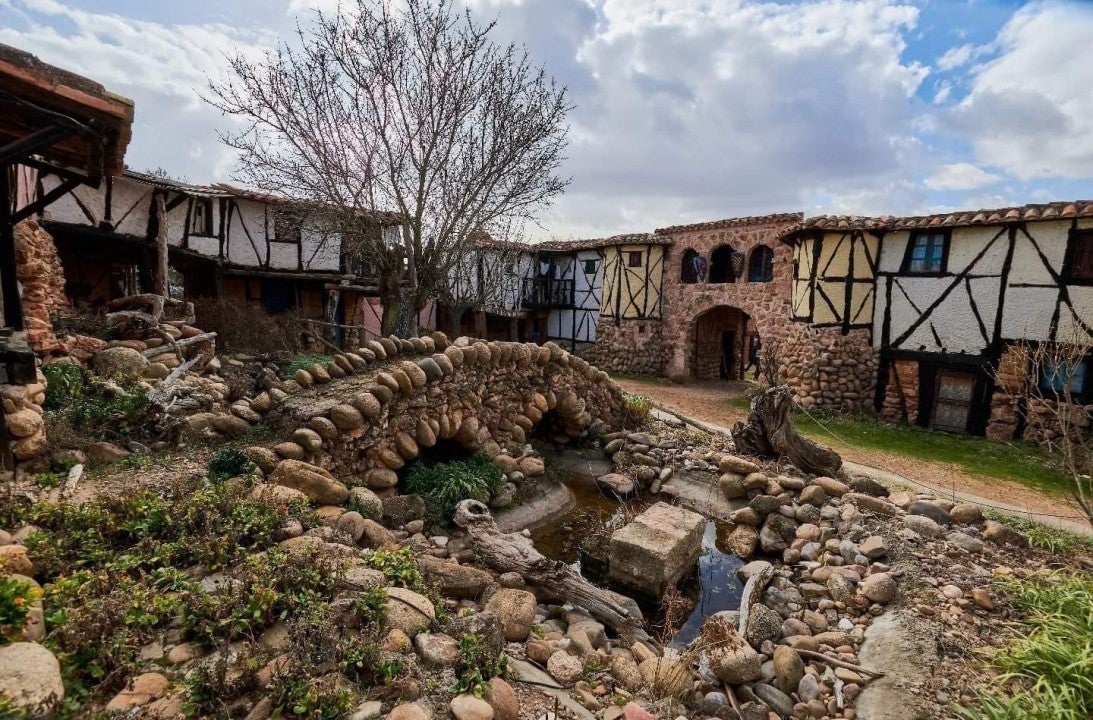
Not only the historical buildings are worth a visit. A curious and original stop can be the Toy Museum (C/ Santa Clara, 4), where a private toy collection of more than 800 pieces is exhibited, which allows us to get an idea of what has entertained children of 5 generations. (from 1890 to the 70s). In the nearby town of Madrigalejo del Monte it is possible to hire a ride in a cart pulled by oxen. And in Quintanilla del Agua, just 10 minutes by car from Lerma, is “Territorio Artlanza”, an architectural complex of about 10,000 m2, created by the sculptor Félix Yáñez, in which a traditional town is recreated and where visitors they can learn about the traditional ways of life of the region.
COVARRUBIAS
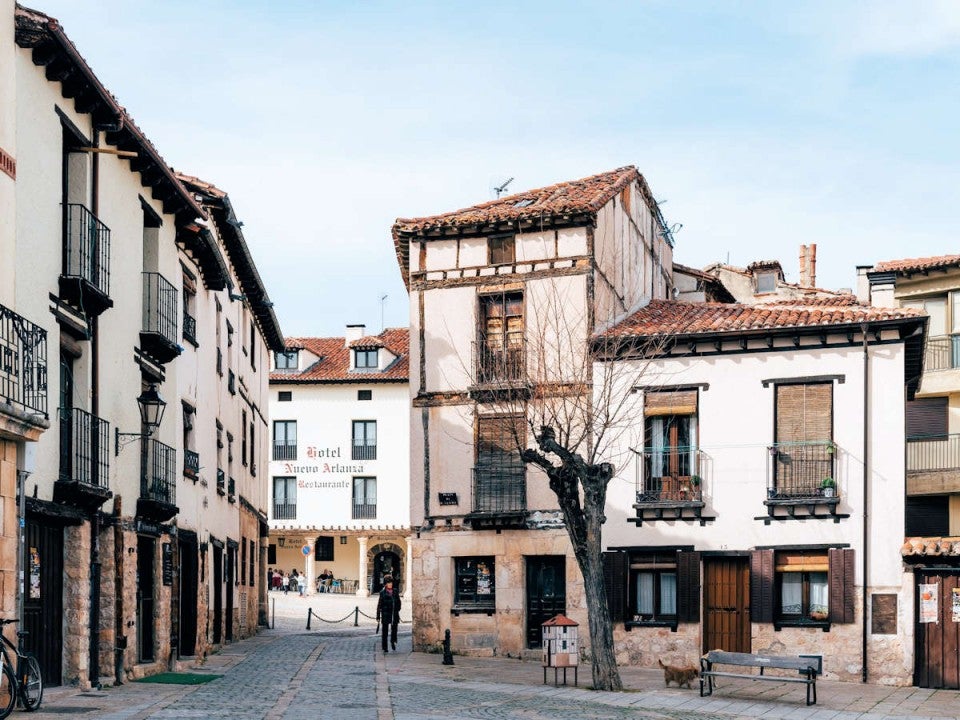
About 40 km. Burgos is the picturesque medieval town of Covarrubias. It has a good number of historic buildings, among which the Palace of Count Fernán González, the Collegiate Church of San Cosme and San Damián, the church of Santo Tomás, the house of Doña Sancha, or the statue of the Norwegian princess Kristina stand out. This curious monument has an explanation: Kristina was the daughter of King Haakon IV (1217-1263), and she was sent by her father to Spain to marry one of the brothers of the then King of Castile, Alfonso X the Wise. Among the brothers, the young woman chose the infant Felipe, who was abbot in the Collegiate Church of Covarrubias. The young man was dispensed from her religious duties, the marriage celebrated, and, when the young woman died, the locality in which her husband had held her clerical office was chosen for her burial. Actually, her husband had promised to build a chapel in honor of Saint Olav, but he didn’t do it. However, centuries later, in 1992, a foundation was created to build a hermitage in honor of the patron saint of Norway, so that the remains of the princess could rest there.
WHEN
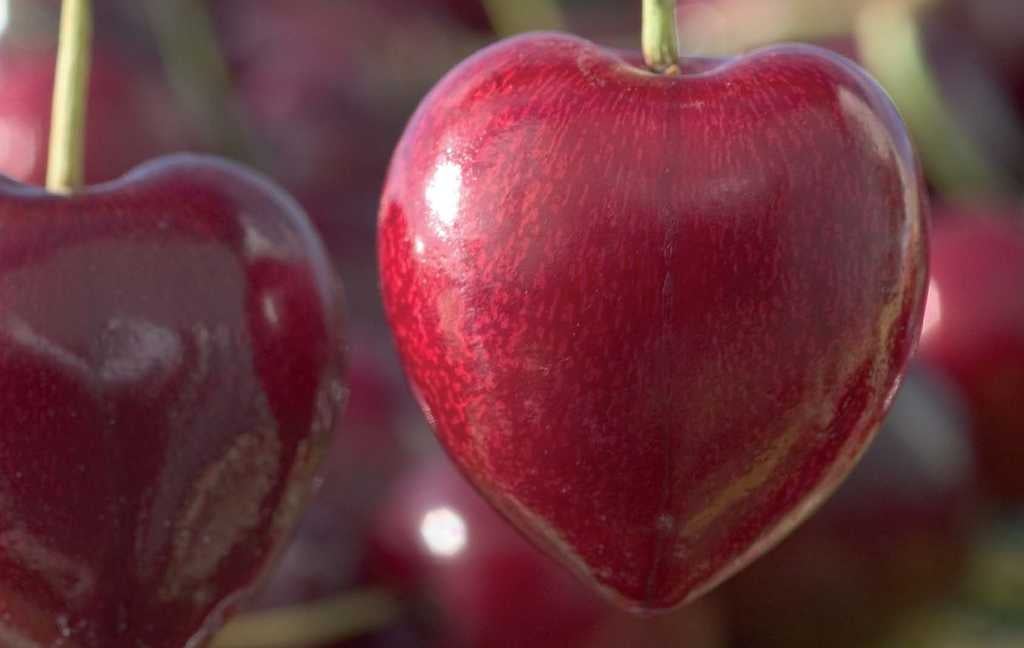
The second weekend of July takes place the “Cherry Festival”, a product that has special quality in Covarrubias. This is the “caright” cherry, with a Guarantee Mark, and a spectacular flavor. At the same time, a medieval market is held, which is the oldest in the province of Burgos. If you go in winter, keep in mind that on the first Sunday after San Antón (January 17), Covarrubias lives the “Fiesta de la Matanza” and there is a free tasting of chorizo, black pudding and other pork products.
EAT AND DRINK
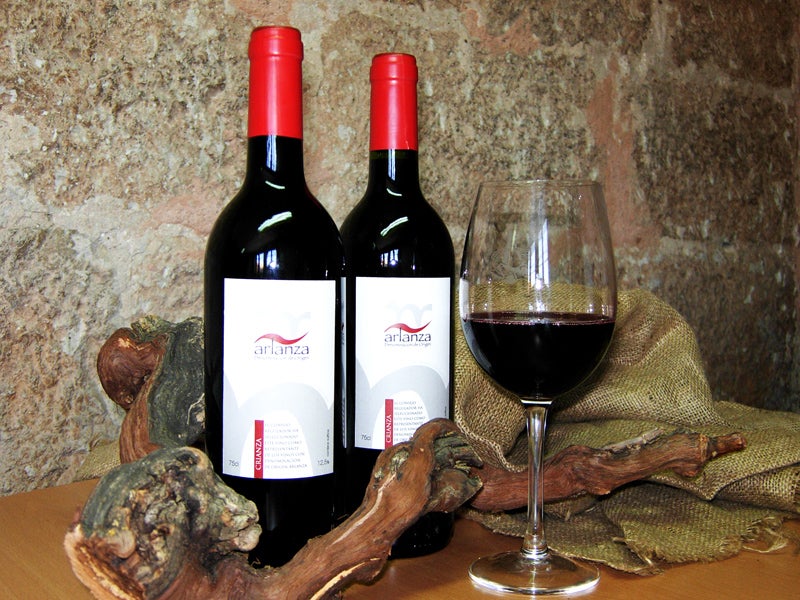
In addition to the cherries that we have just mentioned, the suckling lamb roasted in a wood-fired oven is also justly famous here. Two of the best-known restaurants to try it are Casa Galín (Plaza de doña Urraca, 4), and Restaurante de Galo (C/ Monseñor Vargas, 10). If the plan is to “go for wines”, you have to try some of those that are made in wineries in the town itself, and that are part of the DO Vinos de Arlanza, such as Vinos Sinceros, or Bodegas Covarrubias.
SLEEP
Despite being a town of just 600 inhabitants, there are a few establishments from which to choose where to spend the night, such as the rural hotel Covarrubias, the Princesa Cristina, or the Rey Chindasvinto.
TO BUY
Obviously, if you go in the cherry season, you should not miss the opportunity to get a little box. And since not everything is going to be eating, it is worth visiting one of the artisan workshops in the town, such as the Roble Azul (Glorieta de Varcárcel, 4), where Estefanía Rodríguez Moneo makes precious pieces of jewelry in silver and glass, or Silver Moon, by the artisan Sara Serna (Plaza de Doña Sancha, 3). Very close to Covarrubias, in the neighboring town of Hortigüela, is “Sabinares de Arlanza”, a small company dedicated to beekeeping, where we can buy artisan honey, as well as pollen, royal jelly or beeswax.
PLUS
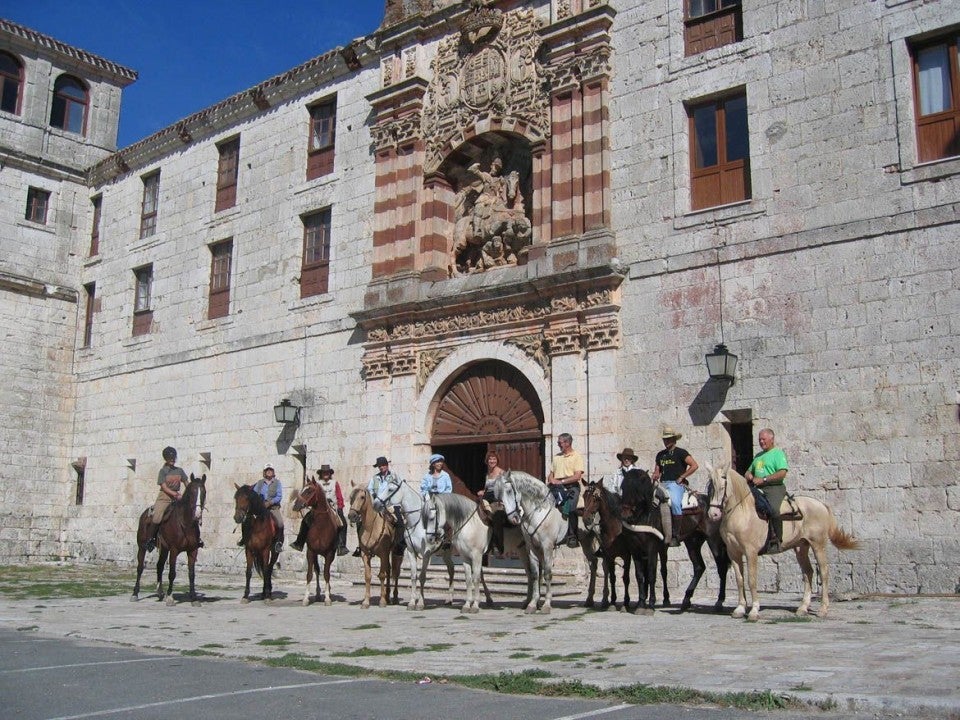
From Covarrubias, there is the possibility of making a horseback route of several days through Burgos lands, following in the footsteps of the Cid. It is organized by the active tourism company Proatur, between the months of June and September (www.proatur.com)
HOLY SUNDAY OF SILOS
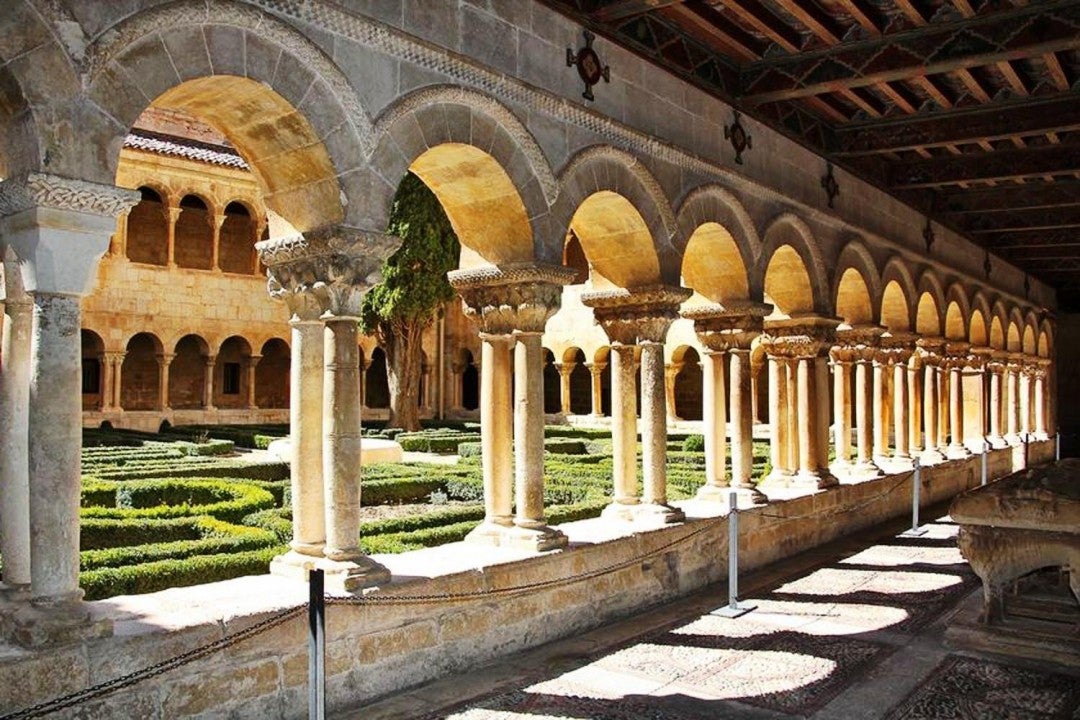
Together with Lerma and Covarrubias, it forms what is known as the “Arlanza Triangle” and is also on the so-called Cid route. The history of the town of Santo Domingo de Silos runs parallel to that of its monastery, whose history dates back to the 10th century and which, of course, is a must-see. In reality, only some spaces can be visited, such as the wonderful Romanesque cloister, or the religious art museum, although some religious services open to the public give the opportunity to listen to the Gregorian chant of the monks. The visit can continue with the nearby Church of San Pedro, or with the urban wall. Lovers of curious landscapes have, just 2 kilometers from Silos, the “Yecla gorge”, a narrow gorge carved into the limestone that can be visited thanks to a series of walkways, which allow the visitor to see the vulture nests and the spectacular waterfalls.
WHEN
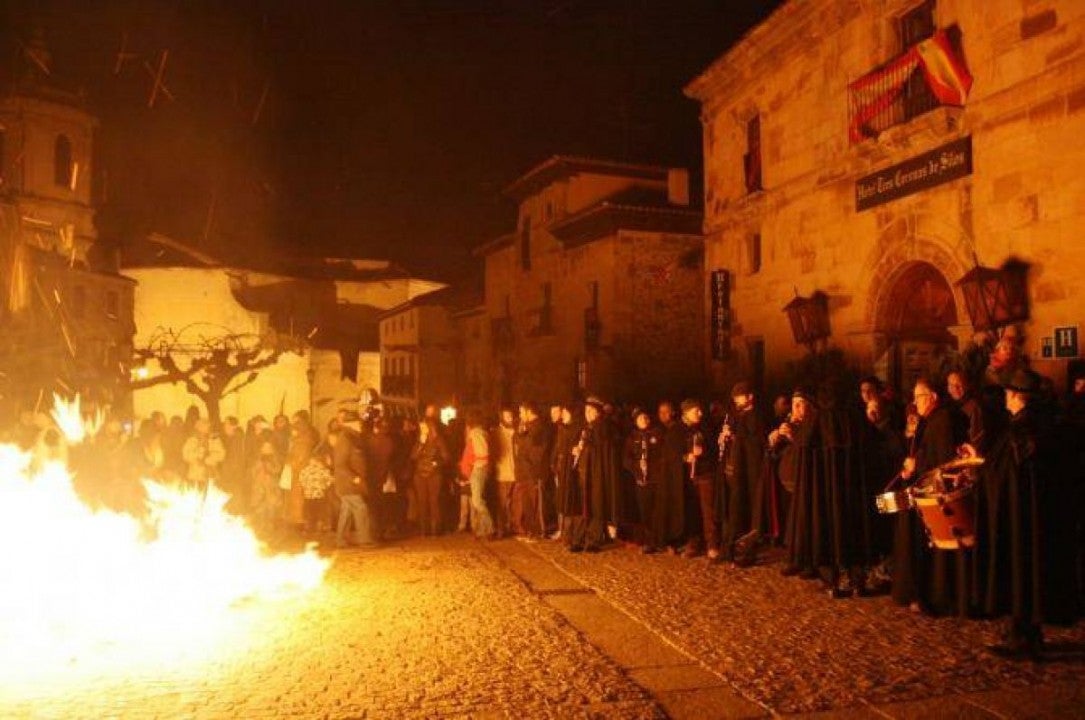
Each time of the year has its own charm in Silos, but if you want to live a special day, you have to mark on the agenda the one known as “Bosses’ Day”, a party that is celebrated on the last Saturday of January, and which has been declared of Regional Tourist Interest. This recreates an episode that occurred in the town during the Muslim invasion of the peninsula in which the neighbors, to avoid being attacked, simulated a fire by filling the town with bonfires.
EAT AND DRINK
As in the rest of the towns in the area, the most typical dishes are black pudding and roasts, especially suckling lamb, but also kid. Castilian (or garlic) soup is part of the offer of many establishments during the cold months and is the ideal dish to comfort body and soul. In season, let yourself be advised and try mushroom or game dishes. And, of course, no matter what time of year we find ourselves in, it is mandatory to accompany the meal with Arlanza wines, such as those from Septien wineries, which are produced within the municipality of Silos itself. Among the recommended restaurants, the Hospedería del Convento de San Francisco (C/ de las Eras s/n) and the restaurants Santo Domingo de Silos (C/ Santo Domingo, 10) and Tres Coronas de Silos (Plaza Mayor, 6)
SLEEP
One of the most striking options for lodging is offered by the Silos Abbey Inn, where guests who are admitted participate in the community’s climate of spirituality. Keep in mind that as it is subject to the rules of the monastery, only men are admitted, and also that more than a hotel it is a place of recollection designed for meditation and retreat. There are, of course, more conventional establishments (this does not mean that they are devoid of charm), such as the aforementioned Hospedería del Convento de San Francisco, the Santo Domingo de Silos hotel.
TO BUY
In the store of the Abbey of Santo Domingo de Silos it is possible to buy a multitude of religious objects, as well as Gregorian chant CDs, but also artisan chocolates made with recipes from the 19th century for the monastery, and jams and sweets made in other monasteries. .
PLUS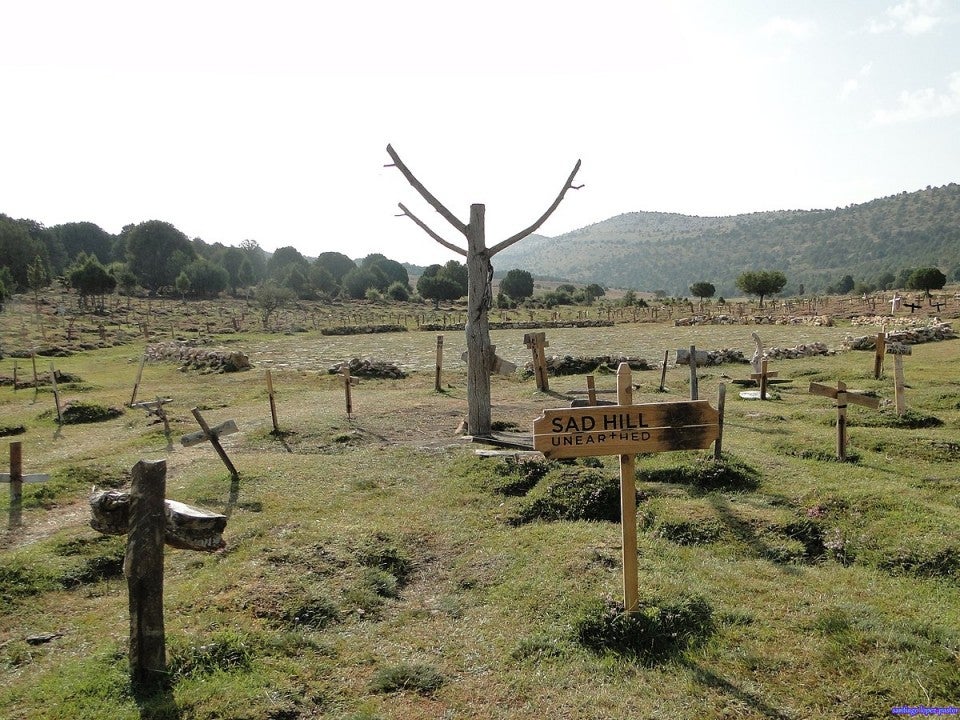
A curious visit, designed especially for movie fans, is the “Sad Hill Cemetery”, the place where the final scenes of the movie “The Good, the Bad and the Ugly” were shot. There is even the possibility of “sponsoring” a grave by putting our name on it.

